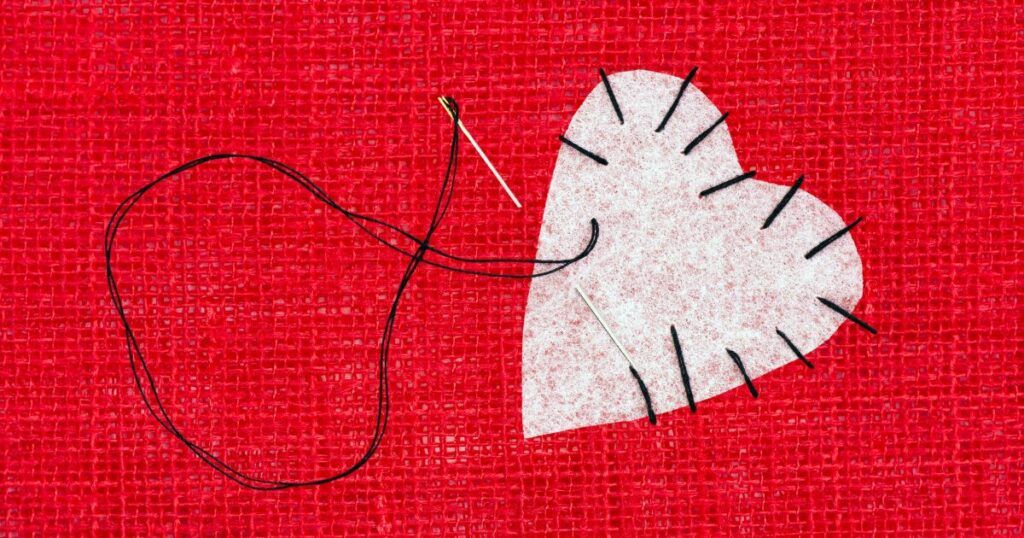Quilting Arts Magazine August/September 2018

Editor’s Note
Do you know what is special about working with the artists and contributors of Quilting Arts Magazine? They have the ability to look at the world with fresh eyes and the courage to explore the possibilities they uncover in their fiber art.

Of course, artists who work in every genre do this. Impressionist painters were rebels in their time as they added what appeared to be layers of paint in an unruly manner to their canvases. Architecture was forever changed by visionaries who opened up public spaces and private homes with new arrangements of light, metal, and concrete. And jazz composers created an enormous stir in the music world by writing scores with dissonant chord changes and room for lots of improvisation.
But how do art quilters innovate? The answer lies on the surface of their quilts and in the intention behind each piece. It is in the complex layering of materials, techniques, and meaning that the 21st century art quilt is evolving.
This August/September 2018 issue of Quilting Arts explores some of the many ways that fiber art is enhanced by the complexity of layering design, color, and meaning within the quilted art form. Our “Illumination” Reader Challenge shows many examples of complex embroidery stitches and intricate threadwork on the surface of the quilts. They are thought provoking, inspiring, and make me want to get out my hand-sewing kit. Contributor Susan Brubaker Knapp experiments with a simplified soy wax batik technique while Rebekah Meier finds new ways to add color and texture to cloth. Artist Libby Williamson combines recycled zippers, papers, and teabags in her work in ways entirely individual to her. It is all about the layers.
Julie Booth’s article about creating fiber artwork inspired by antique scissors also captured my attention. I first saw her quilts on social media, and they immediately reminded me of a set of silver embroidery tools used by my husband’s grandmother in the 1920s. The thimble is too small for my hand and the crochet hook is meant for tiny threads, so I don’t use them. But the rest of the tools are still put to good use in my studio. It is wonderful when your tools also can add layers of history and complexity of meaning to your work.
Enjoy the many layers of making and meaning in this issue of Quilting Arts!
Best,


Featured Articles
Open Studio: Jamie Fingal

“Looking at Jamie Fingal’s colorful dream studio heavily adorned with a juxtaposition of pattern, print, and whimsy, it is hard to imagine this space is located in an industrial park. ‘It’s really a concrete shoebox,’ she explains, ‘about 1,000 square feet of pure bliss. I have one giant room with a bathroom, good lighting, a truck door, and double doors that create a window to the outside world.’” Excerpted from the article.
Illuminated Iconography

“Letters, symbols, and concepts are the building blocks of language. In this Reader Challenge we asked our thoughtful readers to create 5″-square mini quilts illuminating a symbol. The quilts explore the traditional aspects of illuminated text. Many contain time-honored metallic accents—as well as modern interpretations of issues important to these quilters—spelled out in gorgeous hand stitching.” Excerpted from the gallery.
Artist Profile: Nancy Billings

“Originally a home-economics teacher, Nancy has learned and unlearned skills that have brought her to her current fiber art practice of creating multi-media pieces—comprised of a number of small squares held together with exposed threads. Increasingly, her goal is to make art that has texture and dimension.” Excerpted from the article.
In the Studio: Quilt Photography

“what’s the best way to produce high-resolution studio photos of quilts? If you asked 100 professional photographers, you would probably get 100 different answers. There are so many variables—equipment, studio space, skill, and experience—but the goal is always consistent. Photography is about setting up, shooting, and editing, and a quilt is essentially a large, flat work of art. It needs to be smooth, well lit, in focus, and color balanced.” Excerpted from the article by Bill Volckening.
Profile: Art Quilt Collector Marvin Fletcher and the Marbaum Collection

“As the San Jose Museum of Quilts & Textiles (SJMQT) celebrated its 40th anniversary in 2017, a generous gift of 87 art quilts, donated by Marvin Fletcher and his late wife Hilary, provided additional reason for jubilation. Known internationally as The Marbaum Collection, this donation enhances the museum’s permanent collection to an extraordinary degree.” Excerpted from the article by Nancy Bavor.
SAQA’s Textile Posters: A Selection of Quilts from Studio Art Quilt Associates

“‘Textile Posters’ brings together the familiarity of quilts with the equally familiar vernacular of posters to create a visually exciting, informative, and emotional exhibition. Selected pieces reflect the wide diversity of posters. What all have in common is an emblematic economy of text and imagery. Posters are meant to convey a message in the blink of an eye—be it to inform, educate, or persuade. It is that particular aesthetic consideration which characterizes these textile artworks. Some posters grab the viewer’s attention in an attempt to be heard above the incessant demands of other media. Other posters are subtler in their approach, forcing the viewer to study the components in detail, intending to open a reflective dialogue.” Excerpted from the gallery.
Use Your Camera as a Design Tool

“Inspiration abounds in the ordinary, in our daily lives, and in the world around us—if we can just learn to recognize it. You can improve your design and composition skills simply by taking photos. Use your phone or whatever camera you have—it doesn’t have to be an expensive one. These images document your world, provide color inspiration, and serve as reference photos for future quilts.” Excerpted from the article by Sarah Ann Smith.
Projects
Don’t forget to download the Luna Moth Drawing by Susan Brubaker Knapp.














Join the Conversation!